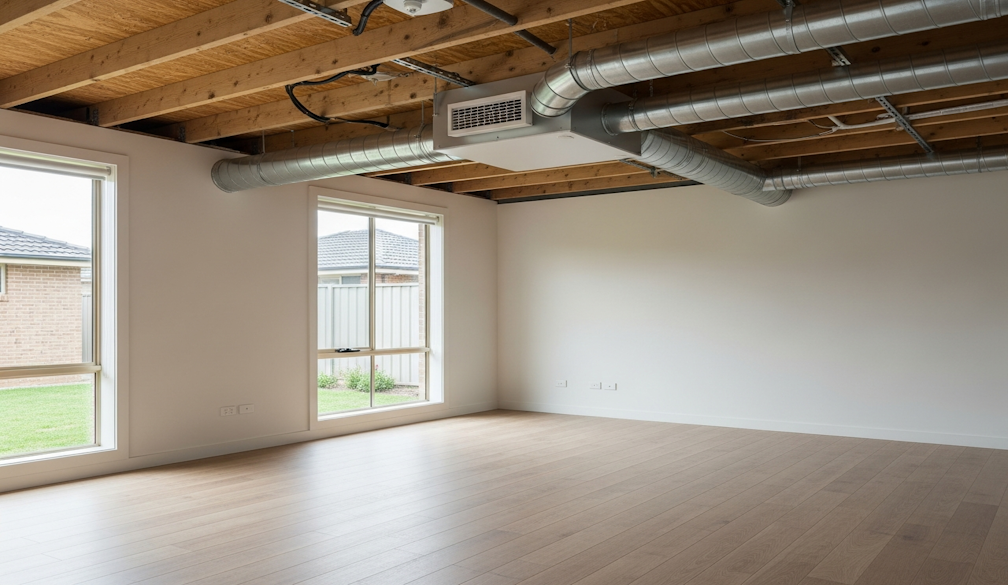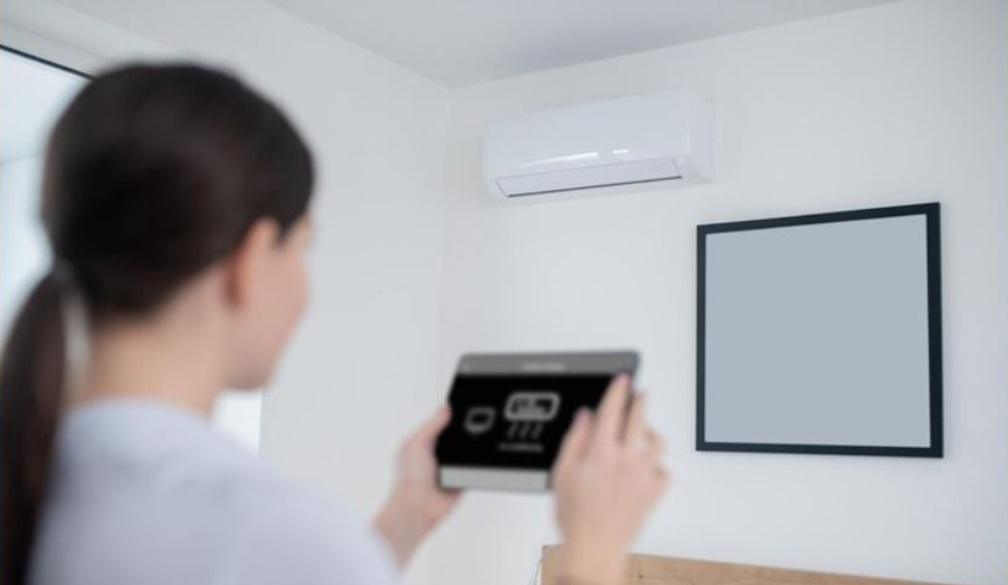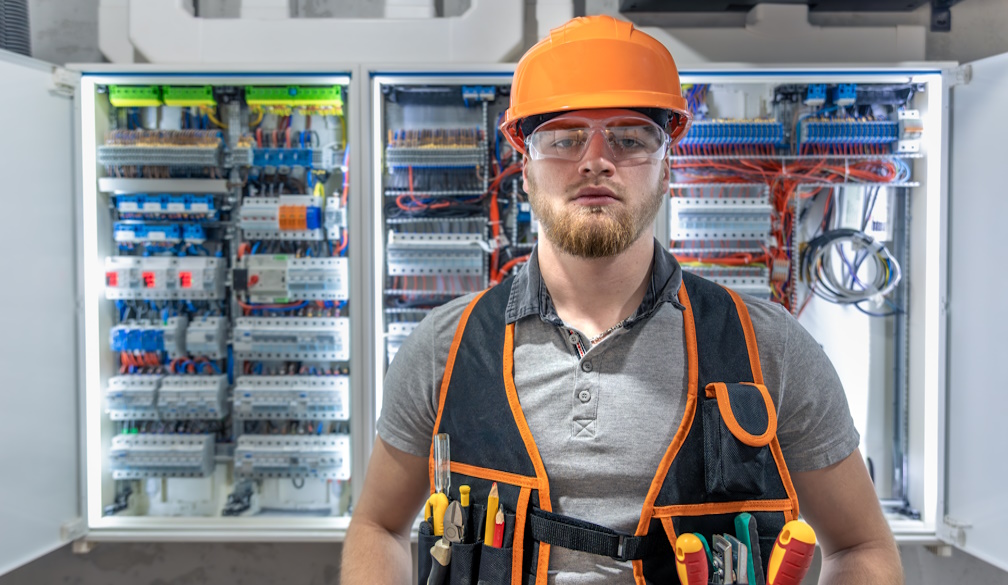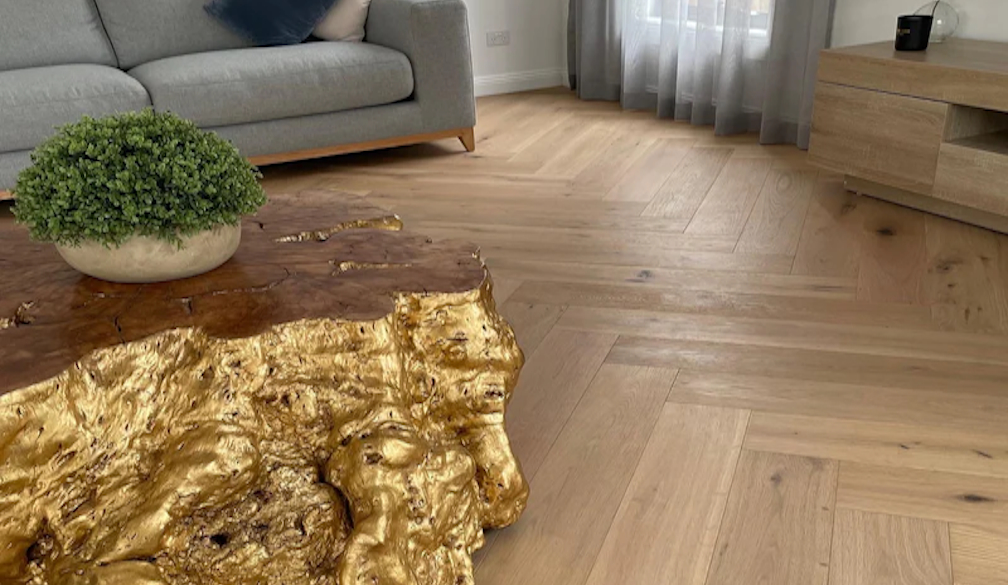Split Corrugated Conduit and Solar Conduit: Enhancing Safety and Organisation in Modern Electrical Systems
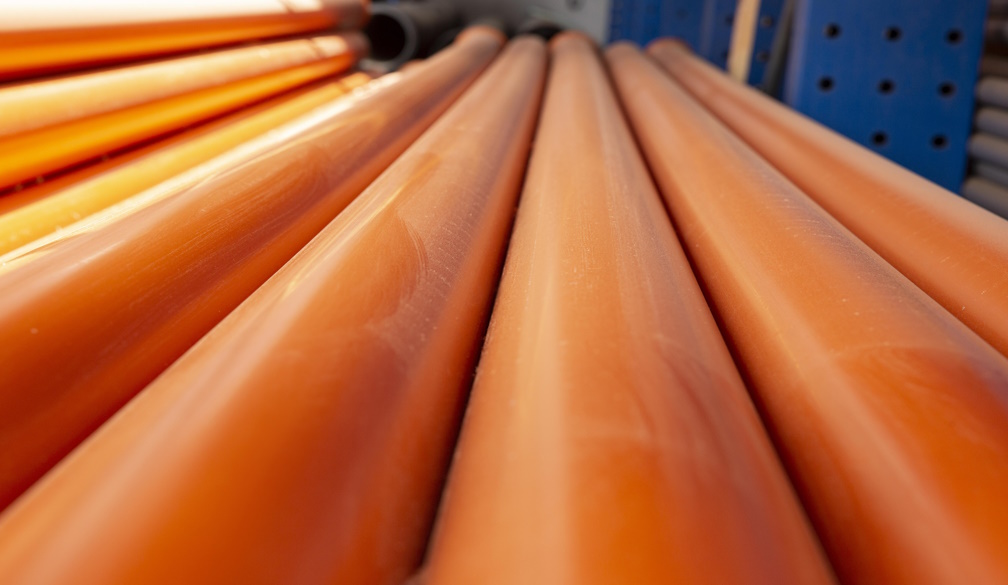
As homes, businesses, and industries become increasingly reliant on complex electrical systems, the importance of protecting and managing wiring has never been greater. From residential renovations to large-scale solar installations, the use of split corrugated conduit and solar conduit is essential for ensuring safety, organisation, and long-term reliability. These conduits not only provide physical protection for cables but also make installations cleaner, easier to maintain, and compliant with safety standards.
The Role of Split Corrugated Conduit in Cable Management
One of the biggest challenges in electrical installations is managing multiple cables safely and neatly. The split corrugated conduit solves this problem with its practical, user-friendly design. Featuring a longitudinal split, it allows installers to wrap the conduit around cables without disconnecting or rerouting them, making it particularly effective for retrofitting.
Its corrugated structure provides flexibility and durability, allowing it to bend around corners and irregular surfaces. This makes it suitable for a variety of settings, from domestic wiring to industrial plants and automotive systems. Beyond protecting against wear and tear, the conduit also improves organisation, reducing clutter and making cables easier to trace during maintenance.
Why Solar Installations Need Solar Conduit
The rapid adoption of renewable energy in Melbourne and across Australia has placed the spotlight on the role of the solar conduit. Solar power systems involve extensive cabling that connects rooftop panels to inverters and batteries. These cables are constantly exposed to sunlight, temperature fluctuations, moisture, and potential mechanical damage.
A solar conduit provides essential protection, shielding cables from UV rays, rain, and physical impact. Without this protection, solar cables could deteriorate quickly, leading to reduced system efficiency, costly repairs, or even fire hazards. By enclosing cables within robust, weather-resistant conduits, installers ensure that solar systems remain safe and effective for decades.
Shared Benefits of Both Conduit Types
Though designed for different applications, the split corrugated conduit and solar conduit share common benefits. Both enhance safety by reducing the risk of exposed or damaged cables, which can cause short circuits, energy loss, or fire hazards. Both also contribute to professional, organised installations that are easier to maintain and inspect.
Another shared advantage is longevity. Made from durable, high-quality materials, these conduits withstand environmental stress and mechanical strain, ensuring cables remain protected over time. This durability translates into cost savings, as well-protected wiring systems require fewer repairs and replacements.
Applications Beyond Electrical Safety
The usefulness of the split corrugated conduit goes beyond electrical installations. In automotive systems, it shields wiring from engine heat, vibration, and fluids, extending the lifespan of vehicle electronics. In data centres and offices, it keeps networking cables organised and protected, reducing downtime caused by accidental damage.
The solar conduit, while designed for photovoltaic systems, is also used in other outdoor applications where cables face harsh conditions. This includes telecommunications, outdoor lighting, and security systems. Its UV-resistant, weatherproof qualities make it indispensable for any project requiring long-term durability in exposed environments.
Compliance with Industry Standards
Safety and compliance are at the heart of modern electrical and solar installations. In Australia, strict standards govern how cables must be installed and protected. Using split corrugated conduit and solar conduit ensures that projects comply with these requirements, reducing risks of fines, liability, or insurance complications.
For solar installations in particular, compliance is critical. Building codes and energy regulations mandate the use of conduits to protect wiring, making solar conduit not just a best practice but a necessity for certification and warranty protection.
The Impact on Efficiency and Reliability
A key benefit of conduits is their impact on system efficiency. In solar systems, well-protected cables maintain consistent energy flow, ensuring that panels operate at peak performance. Similarly, in homes and businesses, conduits prevent interruptions caused by damaged wiring, reducing downtime and costly repairs.
By using split corrugated conduit and solar conduit, contractors and homeowners alike can ensure that electrical systems are not only safe but also reliable and efficient over the long term.
Why Professional Installation is Recommended
Although conduits may seem straightforward, professional installation is highly recommended. Electricians and solar installers ensure that conduits are sized correctly, securely fastened, and sealed at entry points to prevent water or pests from entering. Professional installation also guarantees compliance with safety codes, providing peace of mind that systems are protected and reliable.
Conclusion
The split corrugated conduit and solar conduit are far more than simple accessories—they are essential components of safe, efficient, and long-lasting electrical systems. From protecting household wiring to ensuring the durability of solar energy installations, these conduits deliver practical solutions that enhance safety, organisation, and compliance.
In Melbourne’s growing renewable and construction markets, their importance cannot be overstated. By investing in quality conduits and professional installation, property owners and contractors ensure that their electrical and solar systems remain dependable, efficient, and safe for years to come.


